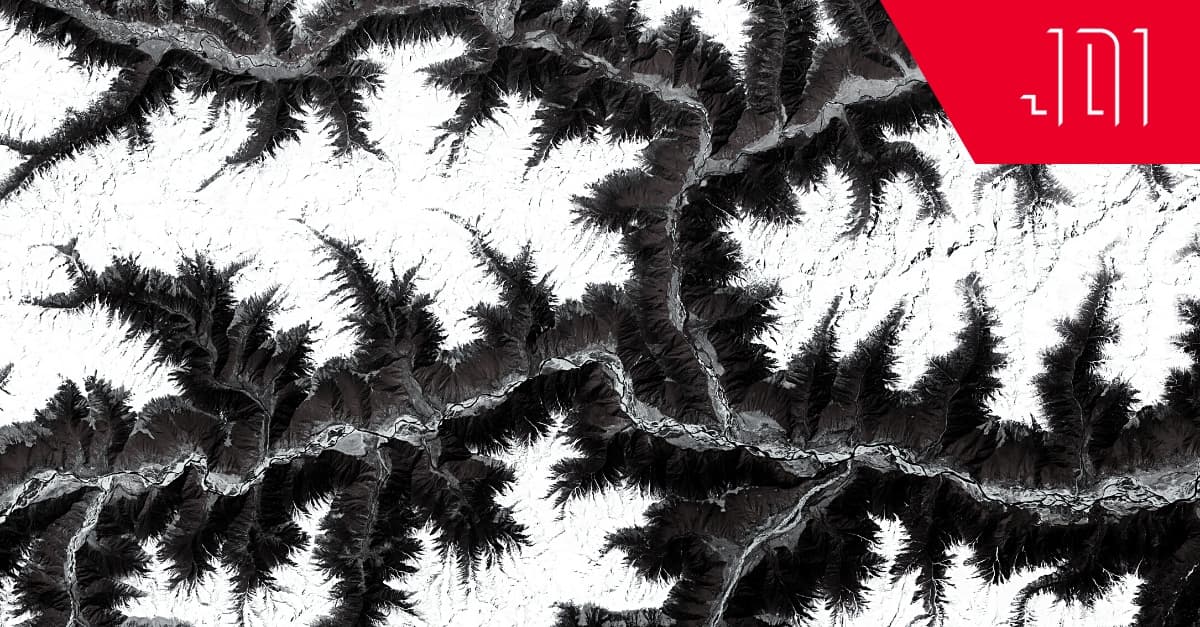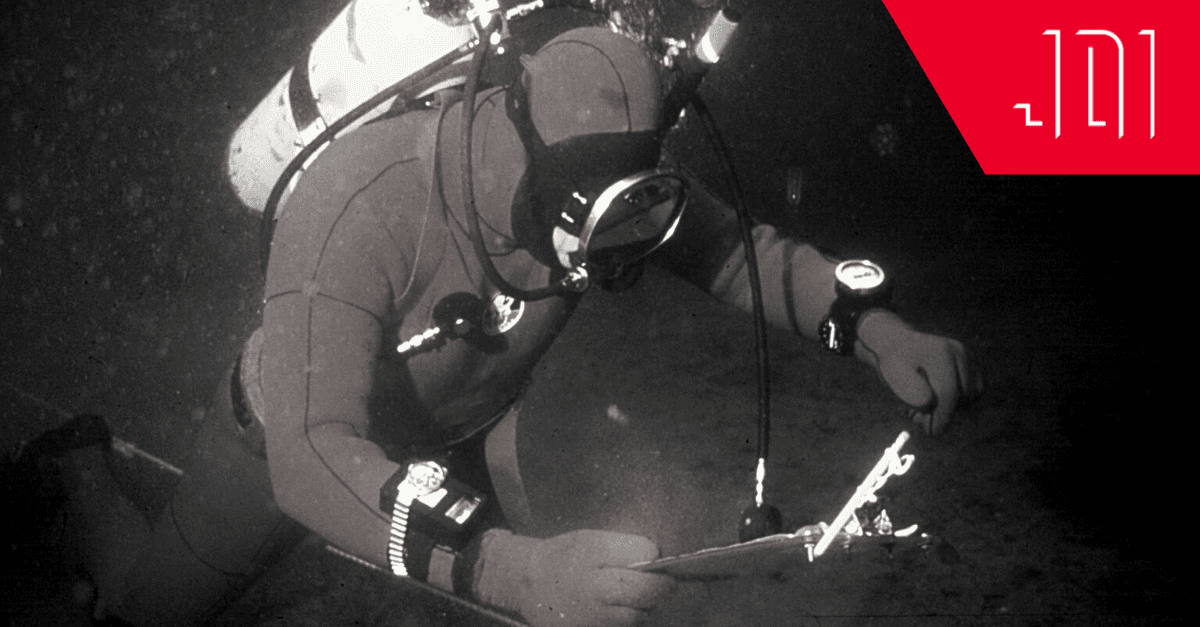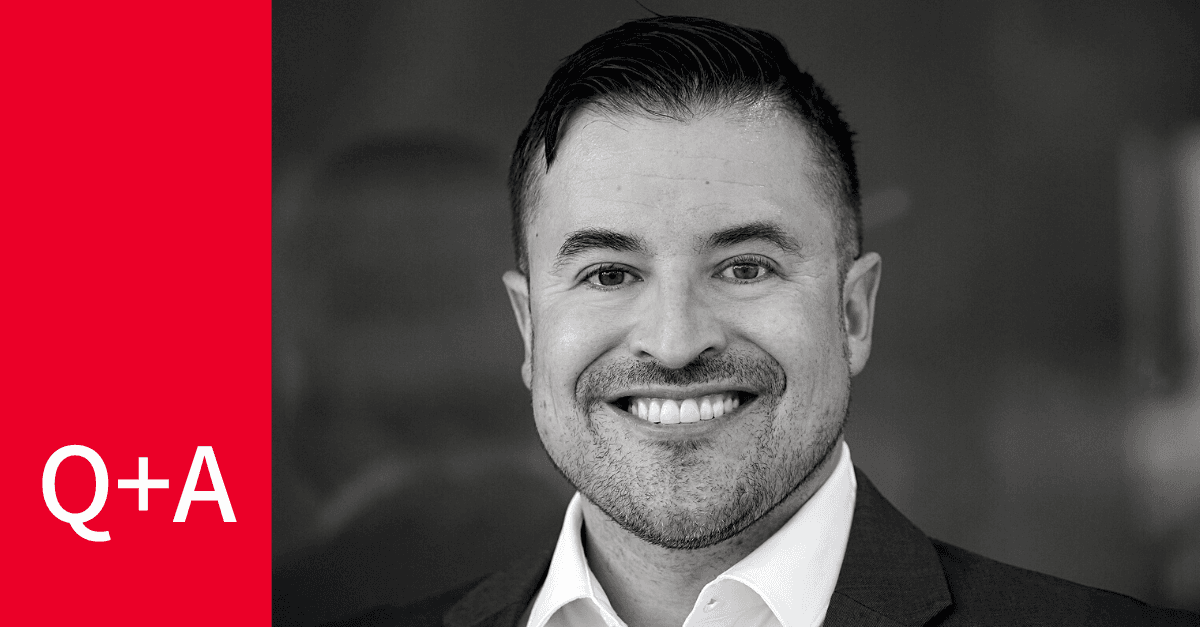Q&A with Chris Robson
Tell us about yourself -- what is your background in and how did you end up in your current position?
I'm the CEO of Wyvern Space, the space data company, and we specialize in taking high-resolution, hyperspectral pictures of Earth from space. My background is in mechanical engineering. I did my undergraduate and my graduate degree in mechanical engineering at the University of Alberta, where most of the programs specialize in farming, oil, and gas. The university facilitates these fields with a highly competitive engineering program, however, when I was there, there weren’t many classes for aerospace. I started off like many others, doing an internship at an oil and gas company.
I remember one day while I was on break, messing around on Facebook, and I saw a link for a livestream from NASA. It was July 2011, and little did I know at the time I was watching something truly historic. This was the last launch of the United States Space Shuttle program – the distinctive, plane-shaped spacecraft – and it was the final voyage of the Atlantis. Watching that was a life-changing moment for me, and ever since then I wanted to work with spacecraft.
Fast forward a year, and I found a group on campus called AlbertaSat, a student group created to compete in the Canadian Satellite Design Challenge. When I first joined, most of the members were the founders of the group and they were graduating in the near future. I was really inspired by what they were doing, and dove in head first: I became a project manager and worked to recruit a few other students. I was the mechanical lead on the team that launched Alberta’s first satellite in 2017, Ex-Alta 1.
Wyvern actually spun out of AlbertaSat, where I’d met two of my co-founders, Kristen and Callie. Kurtis was a fellow masters student at the same time, and we all saw the opportunity in creating a Canadian imaging startup. The four of us founded Wyvern in 2018.
How is Wyvern Space approaching low Earth orbit monitoring in a new way?
Our satellites, instead of using a limited method of capture like visual or infrared, use hyperspectral imaging to capture a much larger swath of the light spectrum. Hyperspectral imaging takes advantage of a core property of our universe: that light reflecting off of or absorbed by matter emits a unique spectra of light. These spectrums are like a fingerprint, letting you identify exactly what something is.
With this technology, we’re able to do a lot more than just taking photos. Our satellites capture images that enable the identification of chemical and matter properties. Instead of looking at a picture and saying there’s a forest, it's made of trees, and there’s a road running through it, hyperspectral lets you see the species of trees, how healthy they are, whether there is a pine-beetle infestation, and the camouflaged vehicle hiding on the edge of the forest. You can even assess the risk of wildfire. The trade off is that the physical images themselves are difficult to get at high resolutions, and that’s a problem everyone working with hyperspectral is having.
Hyperspectral imaging is a somewhat new approach to satellite imagery, and we’re one of the few companies taking a hyperspectral-first deployment. All of our Dragonette satellites are fitted with hyperspectral payloads, and this is where we feel our true differentiator lies. Wyvern is developing a technology called Deployable Optics – which, like the James Webb Space Telescope, is a unique solution to the problems presented in obtaining higher resolution images. The easiest way to get high resolution images is to increase the size of your aperture: that’s just physics. But sending a massive telescope with a huge aperture up to space can be an extremely challenging and expensive task – just look at the Hubble Space Telescope.
We created satellites that fold down to an extremely small size for their trip to space. Kind of like buying a mail-order mattress, it's not very feasible to put a stamp on a king-sized mattress and have it all work out. Much like your compressed-mattress-in-a-box, our deployable optics satellites will unfold to full-size at their final destination. What makes this possible for our satellites is a complex system of mirrors that come together to form a much larger aperture than could be created individually.
Data has been a historical bottleneck for satellite imaging processing, and with the high information density of hyperspectral cubes, it is only exacerbated. What has been Wyvern’s approach to this challenge?
Wyvern isn’t downloading all of the hundreds of bands the satellites provide. Instead, we’re taking a business-use first approach. We work with our clients to identify the exact data they need, and go from there. It cuts things down to about, on average, a 40-band segment – a much easier amount to process and transmit.
We’re currently in the process of expanding the wavelengths we offer to include shortwave infrared – a section of the spectrum that is growing in popularity: it's being used more and more for mining, agriculture, and the military. Other use cases include the energy sector, environmental and social governance.
Wyvern recently launched the Dragonette-003 this year – what further plans do you have to expand your constellation?
Our next satellite goes up with Loft Orbital in 2024, but we’re always planning to launch more. In the satellite industry, there is a tendency to think that a bigger constellation is better – and in some cases that may be true. But for a startup, we’d rather send satellites up to match the demand we’re seeing from current and new customers. This way we can scale in a much more organic way, and not get caught up in the race to have the biggest constellation.
What has been your experience as a Canadian entrepreneur?
It's been interesting! For starters, we’re one of the handful of space companies that are based in Alberta and we are the largest out of all of them. While this is an accomplishment that all of us at Wyvern are very proud of, it also comes with a few unique challenges.
The Canadian VC circuit has grown a lot in the last decade, but it still isn’t as robust as it is in the United States. Most of the investing that goes on right now is in industries that Canadians have worked in for a very long time – a big piece goes to oil and gas, with software not far behind. Private space companies are still brand new, and take some persuasion to get local investors interested. Thankfully, our neighbors to the south are very hot on the potential of private space.
What’s been a really big benefit for us is that the people who want to work in space are all fueled by their passion to do so. Wyvern is a big fish in a small pond, and we attract a lot of talent and passion for the space industry – many who are fellow Canadians. It's truly a joy to be a part of something that’s home-grown like Wyvern.





